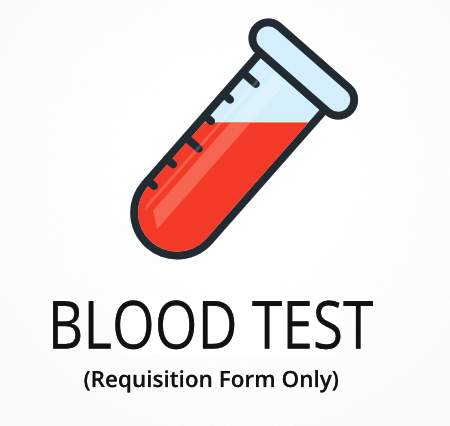Ordering the Mercury Test
Ordering a Mercury Test can help identify exposure to mercury, a heavy metal that can accumulate in the body over time. Interestingly, mercury exposure can occur not only through seafood consumption but also from certain dental fillings and industrial environments. When you order this test, you can gain insights into your mercury levels and take steps to address any concerns.
- Detects mercury exposure from various sources.
- Helps monitor mercury levels over time.
- Supports informed decisions about dietary and lifestyle changes.
- Provides a baseline for future comparisons.
- Assists healthcare providers in developing personalized care plans.
Who Should Consider Mercury Testing
People who frequently consume seafood or work in industries where mercury exposure is possible might find this test beneficial. For example, someone who enjoys seafood several times a week may want to check their mercury levels to ensure they are within a safe range.
Ordering this test may also be relevant in the following scenarios:
- Living near industrial areas with potential mercury emissions.
- Having dental work with amalgam fillings.
- Experiencing unexplained symptoms like fatigue or headaches.
- Pregnant or planning to become pregnant.
- Curious about the impact of mercury on cognitive function.
Testing for mercury levels can provide specific information about your exposure and help guide any necessary interventions. Delaying this test might result in prolonged exposure without awareness, potentially affecting your health over time.
Preparing for Mercury Testing
No fasting is required for the Mercury Test, but avoid eating seafood 48 hours before the blood draw. It’s important to follow any instructions from your healthcare professional to ensure the test is conducted properly.
Labs Included When Ordering Your Mercury Test
| Test Name | Reference Range | Significance | Low and High Levels of Mercury |
|---|---|---|---|
| Mercury | 0-10 | Mercury is a heavy metal that can accumulate in the body, primarily through seafood consumption and environmental exposure. Monitoring levels helps assess exposure risk. | High levels mean potential mercury toxicity, which can affect the nervous system.
Low levels mean minimal exposure, generally considered safe. |
Reference ranges may differ. Visit the Quest Diagnostics lab test directory for the latest values.
Mercury Test FAQ
Is there Mercury testing near me?
To find nearby locations for Mercury testing, use the patient service center locator. If you have concerns about mercury exposure from seafood or industrial sources, a conveniently located testing site can make sample collection easier and more accessible.
What is the cost of the test?
The cost of the Mercury Test includes all fees, such as sample collection at patient service center locations. It’s worth ordering this test to address potential mercury exposure, which can impact neurological health.
How often should I retest?
Retesting every 6 to 12 months is advisable if you have ongoing exposure to mercury. Regular monitoring helps track changes in mercury levels and ensures timely intervention if needed.
How accurate is the test?
The Mercury Test uses atomic absorption spectrometry, a precise method for detecting mercury levels in the blood. TrueHealthLabs.com partners with CLIA-certified laboratories to uphold rigorous testing standards for dependable results.
Medical Review Board
Reviewed by Jeff Donohue M.D. from Body Logic and Brady Hurst DC, CCCN. Written by True Health Lab’s team of editorial health contributors.
Disclaimer: This information is for educational purposes only and not intended as medical advice. Consult your healthcare provider for personalized guidance.
Why Customers Trust True Health Labs - What People are saying
Also rated 4.6 out of 5 based on 3452 ShopperApproved reviews- See all TrueHealthLabs.com reviews.






